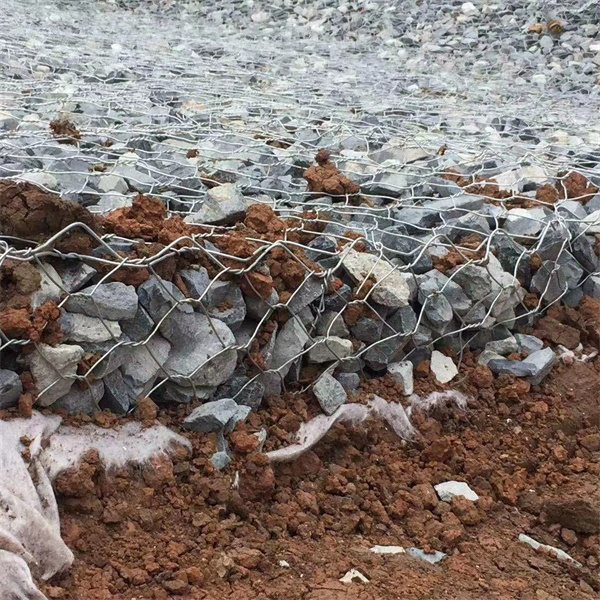Dec . 20, 2024 19:42 Back to list
rock gabion wall
The Versatility of Rock Gabion Walls
Rock gabion walls are an innovative and robust solution for various engineering and landscaping challenges. Comprised of wire mesh cages filled with rocks or stones, these structures have gained popularity for their functional benefits and aesthetic appeal. The use of gabions dates back to ancient times, but their revival in modern engineering reflects their adaptability and efficiency in addressing contemporary environmental issues.
One of the primary advantages of rock gabion walls is their strength and stability. The interconnected mesh baskets form a flexible structure that can withstand the forces of nature, such as erosion and flooding. Unlike traditional concrete walls, gabion walls are less prone to cracking and can shift with the ground movement. This makes them particularly valuable in areas prone to soil erosion, landslides, or seismic activity. By utilizing locally sourced stones, these walls not only reduce transportation costs but also blend seamlessly with the surrounding landscape.
In addition to their structural benefits, rock gabion walls contribute to environmental sustainability. The design allows for better drainage, which helps manage stormwater runoff. Water can flow through the gaps in the rocks, reducing the risk of water pooling and creating further erosion. This permeable nature makes gabion walls ideal for creek stabilization and riverbank protection. They serve as an effective barrier against the water's erosive power while promoting natural vegetation growth, which can further stabilize the soil.
rock gabion wall

From a design perspective, rock gabion walls offer great versatility. They come in various sizes and shapes, allowing for creativity in landscaping projects. Homeowners and landscape architects have employed gabion walls to create terraces, seating areas, and raised garden beds, merging functionality with aesthetic value. The natural look of stone enhances the beauty of any garden or outdoor space while providing practical solutions for preventing soil erosion. The walls can also be combined with other materials, like wood or metal, for a more contemporary look.
Furthermore, constructing a rock gabion wall is a relatively straightforward process that requires minimal machinery and labor compared to traditional building methods. The modularity of gabions allows for easier installation, making them a popular choice for DIY enthusiasts. The only major considerations during installation are ensuring a stable foundation and confirming that the mesh is adequately filled with stones. With proper maintenance, such as checking for rust on the wire mesh and ensuring the stones are securely in place, gabion walls can last a lifetime.
Rock gabion walls are also an excellent way of utilizing recycled materials. By repurposing stones from construction sites or building rubble, these walls can minimize waste and promote a circular economy. This practice not only supports sustainability but also reduces the overall costs associated with construction projects.
In conclusion, rock gabion walls stand out as an efficient and attractive solution for various structural and environmental challenges. Their strength, versatility, and environmental benefits make them a popular choice for both residential and commercial projects. Whether used for landscaping or as a protective barrier against erosion, rock gabion walls embody an ideal blend of practicality and aesthetics. As we continue to prioritize sustainability in our construction practices, it is clear that gabion walls will play an increasingly significant role in modern landscape architecture and civil engineering.
-
HESCO Gabion Baskets for Coastal Erosion Prevention
NewsAug.22,2025
-
Longevity and Durability of River Rock Gabion Walls
NewsAug.22,2025
-
How to Integrate Gabion 3D Walls in Urban Planning
NewsAug.22,2025
-
Reno Mattress Gabion Applications in Civil Engineering
NewsAug.22,2025
-
How to Install Wire Mesh for Gabion Baskets Properly
NewsAug.22,2025
-
Best Materials for Filling a Chain Link Gabion
NewsAug.22,2025
-
Wire Mesh Thickness Impact on Gabion Wall Load Bearing
NewsAug.12,2025






